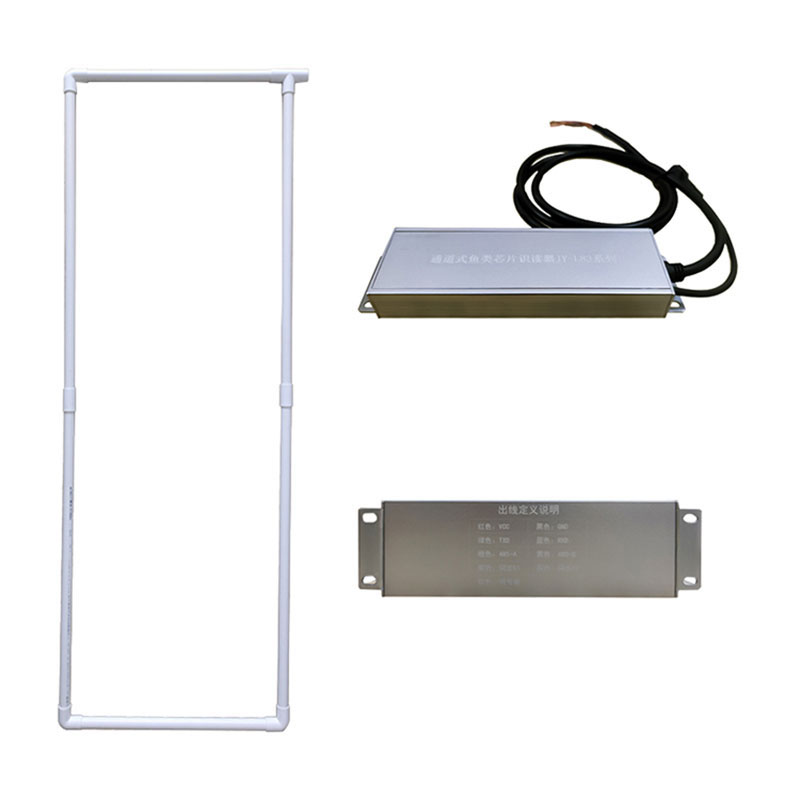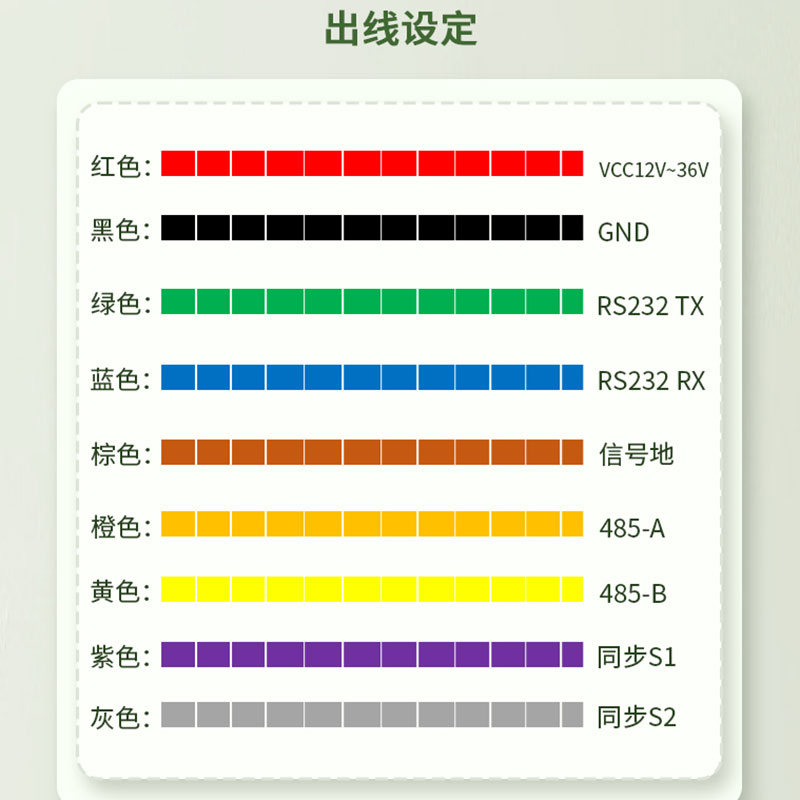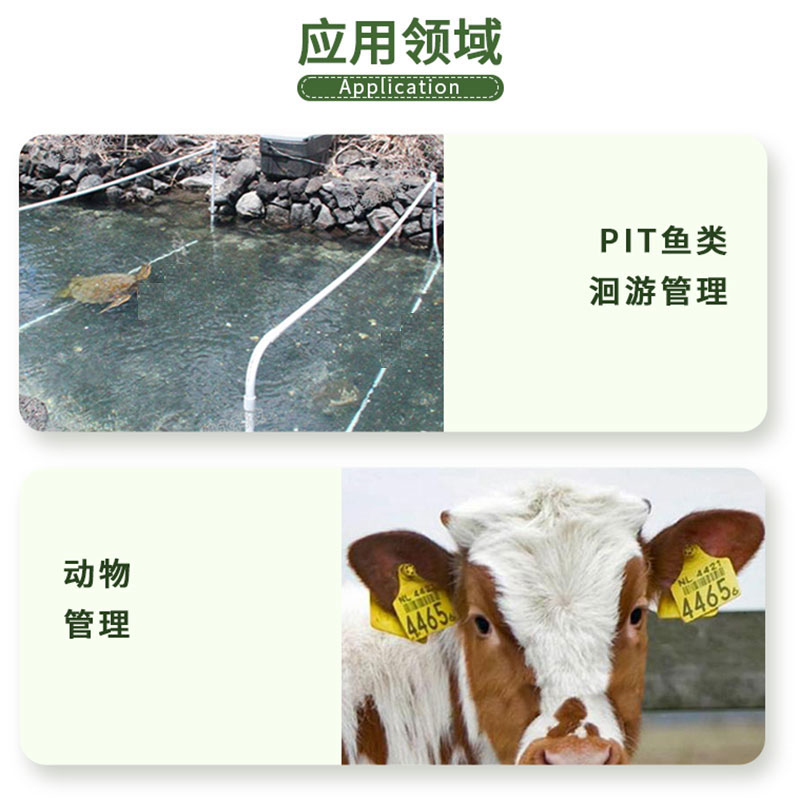RFID radio frequency identification technology (also known as PIT tagging method) is used to mark fish. When the RFID radio frequency chip passes through the antenna, its unique code will be emitted. In terms of fish migration and fish channel crossing dam monitoring, radio frequency chip tagging is a reliable, efficient and effective monitoring method. With this method, we can understand the activity patterns, seasonal migration, resource amount, survival/mortality rate, etc. of fish, and at the same time provide the basis for fish passage effect evaluation, fish behavior tracking, migration time determination, resource amount assessment, and habitat restoration. , provide important data basis for exploring scientific protection plans.

Working voltage: 12-36V
Working current: 1A
Power requirements: Linear regulated power supply
Circuit protection: with polarity protection and overvoltage protection (maximum 60V)
Working frequency: 134.2KHZ
Maximum antenna size: 200*100cm (can be customized)
Supported label types: HDX, FDX-B
Communication interface: RS232, RS485
Working humidity: 10%-90% RH (no condensation)
Working temperature: -25℃~70℃
Protection level: IP65
Antenna appearance: PVC-6 tube
Installation method: PVC pipe clamp

signal indication
Red LED: power indicator light;
Green LED: reading reminder light;
After the reader is connected to the power supply, the red LED is always on, and the reader enters the automatic tuning state and tunes its own parameters according to the working environment. When the reader detects the presence of an RFID tag, the green LED lights up after successful decoding.
The factory default master-slave mode, if you need to read data, the host needs to send a command to read.

When using a single device, it is recommended to connect a 120Ω terminal resistor between the synchronization S1 signal line and the synchronization S2 signal line to help reduce and eliminate the distributed capacitance generated between the two synchronization lines and the common noise generated around the communication line. Mode interference; when multiple devices are used at the same time, they must be synchronized, otherwise they may not work properly. The connection method of the synchronization line adopts CAN bus connection, connecting the synchronization S1 signal to the synchronization S1 signal, and the synchronization S2 signal to the synchronization S2 signal. The synchronous (CAN-bus) network adopts a linear topology. The two terminals of the bus need to be installed with 120Ω terminal resistors; if the number of nodes is greater than 2, the intermediate nodes do not need to be installed with 120Ω terminal resistors. For branch connections, their length should not exceed 3 rice.
In fishery research, the use of RFID radio frequency identification technology (also known as PIT tagging method) helps to identify and track individual fish. At the same time, it has no behavioral impact on the tagged fish. The radio frequency chip tag has a long life and exists for life. Inside the fish's body, it is conducive to studying the entire life history of fish. Channel antennas can be placed in fish passages, stream sections or fish luring facilities. When the RFID radio frequency chip passes through the magnetic field around the antenna, it will obtain the electrical energy generated by the inductor and then transmit its unique code. The antenna detects the signal emitted by the radio frequency chip and transmits it to the radio frequency induction reader. The real-time recording and uploading of data saves scientific researchers from long-distance work and allows them to spend a lot of time on data processing. Therefore, in terms of fish migration and fish passage dam monitoring, radio frequency chip tagging is a reliable, efficient and effective monitoring method. With this method, we can understand the activity patterns, seasonal migration, resource amount, survival/mortality rate, etc. of fish, and at the same time provide the basis for fish passage effect evaluation, fish behavior tracking, migration time determination, resource amount assessment, and habitat restoration. , provide important data basis for exploring scientific protection plans.
Contact: Adam
Phone: +86 18205991243
E-mail: sale1@rfid-life.com
Add: No.987,Innovation Park,Huli District,Xiamen,China